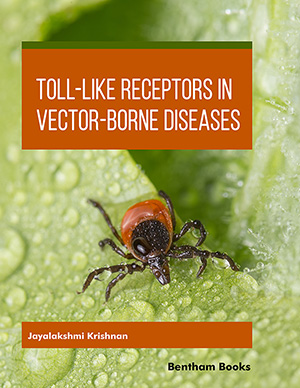Abstract
The immune system is highly complex; it senses foreign invaders, thus
protecting the body. The adaptive arm of the immune system confers long-term
protection, whereas the innate immune system confers immediate protection. In the
case of the immune system, the pattern recognition receptors offer various modes of
sensing the pathogen-associated molecular patterns present in pathogens. The receptors
that sense invading pathogens are called Pattern recognition receptors [1]. The adaptive
immune system is very sophisticated, as it is trained to identify only the “specific
antigen”, but PPRs are customised to sense a wide array of “common patterns” present
in the pathogens. Cerebral pericytes are the cells that are seen as embedded in the
basement membrane of capillaries. Matzinger [2] gave a new insight into the
recognition of pathogens by PRRs as those that recognise PAMPs and DAMPs
(Damage Associated Molecular Patterns). While PAMPs can be presented as
exogenous ligands to the receptor, DAMPs are presented as endogenous ligands. Once
these PRRs are activated either by PAMPs or DAMPs, they lead to the production of
inflammation to clear the infection. However, over-activation during chronic conditions
leads to pathological changes.
Keywords: CD 14 cofactor, DAMPs, NF-κB, TLRs.






















